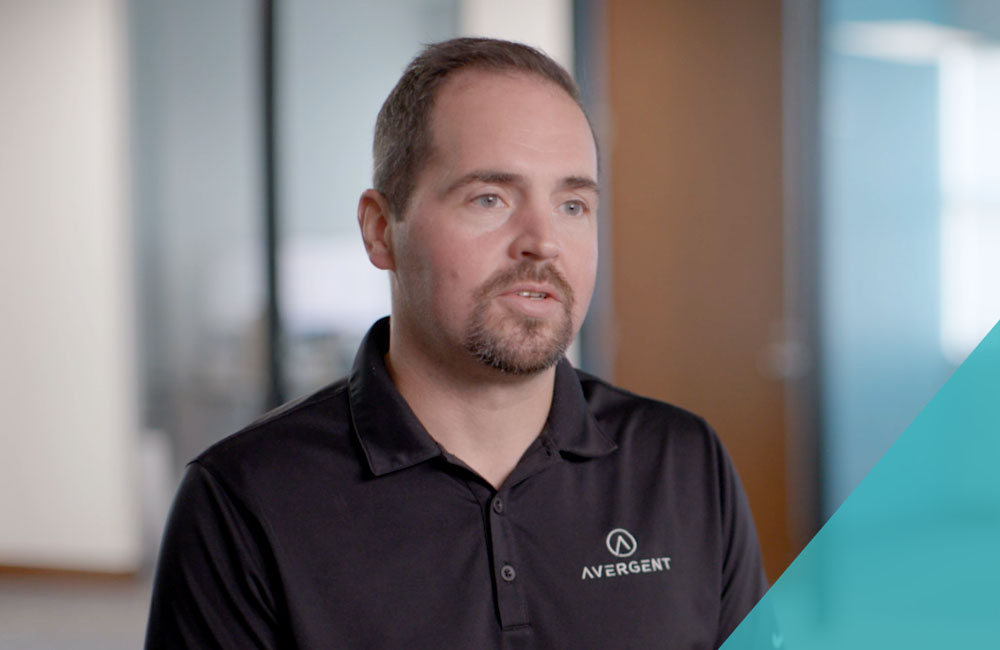
What Employers Should Consider In High-Deductible Health Plans
“Talk about the realities of high-deductible health plans with your employees – and their families too.”
That is the advice of Sandra Morris, consultant and former Procter & Gamble Senior Manager, specializing in Benefits Plan Design.
Morris explained both the highlights and pitfalls of high-deductible health plan (HDHP) design.
High-deductible Health Plans Are Common
“A survey by the Kaiser Family Foundation reported that 51 percent of employees were on a high-deductible health plan,” said Morris.
HDHPs have become popular with employers in recent years. In fact, an Employer Market Trends report predicts that 84 percent of American employers will offer a high-deductible health plan option as a part of their benefits.
In order for a health benefits plan to qualify as a high-deductible health plan, it must have a minimum deductible and out-of-pocket maximum as set annually by the Internal Revenue Service (IRS).
Health Literacy Is a Big Problem
HDHPs can be beneficial for both employers and their employees, but they are not for everyone. Consumers need better health literacy skills to evaluate health benefit options and use them more effectively. In a Nov. 9 webinar for The Alliance members, Morris encouraged employers to start health literacy conversations with their employees and continue them year-round.
Think your employees (and their families) have a full understanding of their health benefits packages? They probably don’t.
Morris cited a recent national phone survey, where only 7 percent of respondents could correctly define these four basic insurance concepts:
- Health care premium
- Health plan deductible
- Out-of-pocket maximum
- Co-insurance
HDHPs were designed to promote consumerism, however, health care jargon often presents a significant barrier for many consumers.
This barrier can create confusion that causes consumers to delay or skip necessary care. The result can be a negative impact on health outcomes. This is especially noticeable in consumers with complex or chronic diseases.
Employers should provide benefits that help employees (and their families) get properly diagnosed and manage their diseases.
Morris said benefit plans should ensure that consumers have access to:
- Care from a team of health providers who specialize in the disease and its complications.
- Laboratory services and periodic testing for diagnosis, disease assessment and monitoring, as well as screening for coexisting conditions.
- Medications, including specialty medications, to manage their conditions.
- Medical procedures, such as surgery, if required.
- Additional supportive care as needed.
Communication Is Key
Morris recommended that employers keep their health benefit communications simple and clear.
Employers should send year-round health benefit communications to help consumers understand how their benefits work and how to make the most of their benefits. Use a variety of communication methods as different consumers have different learning styles.
Communicating directly with the household’s health care decision-maker is crucial. Employers often give health benefit information only to employees, in the sometimes futile hope that it will be taken home and shared with other family members. Employers should invite spouses of employees to attend benefit information meetings and mail benefit information directly to homes.
HDHPs should be designed to help ensure that costs are not a barrier to care. And be sure to educate your HDHP consumers to optimize their Health Savings Account (HSA).
When your employees and their families understand the benefits and risks of high-deductible health plans, your organization will reduce risk and promote better health outcomes.







